Meera Senthilingam
This week, we get thinking about our environment as we look high up at a compound in our atmosphere, with David Lindsay:
David Lindsay
For most people, ozone is associated with a hole in the atmosphere, and thoughts of environmental damage. But the important properties of ozone that make that hole so very important, and the chemistry behind the hole, are perhaps less well known.
Ozone is an allotrope of oxygen. Allotropes are different forms of the same element, for example diamond and graphite are allotropes of carbon. The oxygen in air is made up of two oxygen atoms bonded together, and is formally called dioxygen. Ozone is dioxygen's slightly bigger sibling, being comprised of three oxygen atoms. For such a small molecule so closely related to dioxygen, the chemical composition of ozone perplexed 19th century chemists for many years.
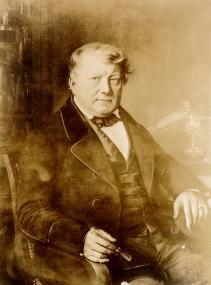
Ozone is a pale blue gas, and it has a pungent, bleach-like odour. Indeed, the name ozone is derived from the Greek word ozein, meaning 'to smell'. This name was coined in the late 1840s by Christian Friedrich Schönbein, a Swiss-German chemist who spent many years of the 19th century studying the gas. Ozone can be produced by an electrical discharge in an oxygen atmosphere, and indeed the characteristic smell that is present after an electrical storm is due to low levels of ozone. Even though Schönbein believed this smell to be due to a distinct compound, some other scientists at the time actually believed this phenomenon was simply the odour of electricity. This uncertainty, along with other difficulties of isolation and purification, meant it would take until the mid-1860s before the molecular formula of ozone, O3, was established.
Ozone condenses to a deep blue liquid and then to a violet-black solid, both of which are highly explosive. These colours are due to ozone's strong absorptions in the red region of the visible spectrum, but it also strongly absorbs ultraviolet (or UV) radiation and it is this property that makes ozone an environmentally important compound, both at ground level and in the upper atmosphere. At ground level, ozone is produced by the combination of sunlight, organic pollutants and nitrogen oxides. This low-lying ozone is very common in cities and is commonly referred to in the media as 'smog'. Ozone is toxic to humans and is specifically harmful to lung function and the respiratory system, since it reacts with essential compounds lining the lungs. Thus, photochemical smog is a big problem that can cause serious health issues. In some parts of the United States, 'ozone alert days' are declared when levels are forecast to become hazardous, and the population are encouraged to limit their use of the main culprits, such as motor vehicles and aerosols.

But while ozone may be harmful to us at ground level, higher up in the atmosphere, it is vital for our protection. In the stratosphere, around 20km above the earth's surface, ozone is formed by the action of the sun's ultraviolet rays on dioxygen. Thus, a layer of ozone envelops the earth, where its UV-absorbing property shields us from the harmful effects of the sun. Without this protection, UV radiation would harm both plant and animal life on the surface of the earth, for example, by increasing the incidence of skin cancer in humans.
In the late 1970s and early 1980s, scientists began to realise this layer of ozone was being depleted, causing a thinning of the layer and, in 1985, a hole in the ozone layer was observed over the Antarctic. One reason for this depletion was suggested to be the presence of chlorofluorocarbons, or CFCs. At the time, CFCs were widely used as coolants in fridges, and as aerosols, and were seemingly ideal due to their high chemical stability. However, in 1974, Mario Molina and Frank Sherwood Rowland published a paper in Nature, describing how CFCs are broken apart by UV light in the upper atmosphere, and that the chlorine atoms they then release can catalyse the decomposition of ozone into dioxygen, resulting in a large depletion of ozone in the stratosphere. Not only was the general level of ozone falling year by year, but seasonal variations also led to a complete absence of ozone over the Antarctic each spring - the so-called 'ozone hole'. World leaders finally acted on this issue with the signing of the Montreal Protocol in 1987, limiting and phasing out the production and use of CFCs. Thanks to this initiative, ozone levels in the stratosphere are on the increase again, with projections that the pre-1970s levels will be restored by around 2060-2070. Molina and Rowland, along with Dutch scientist Paul Crutzen, were awarded the 1995 Nobel Prize in chemistry for their work on CFCs and ozone depletion.
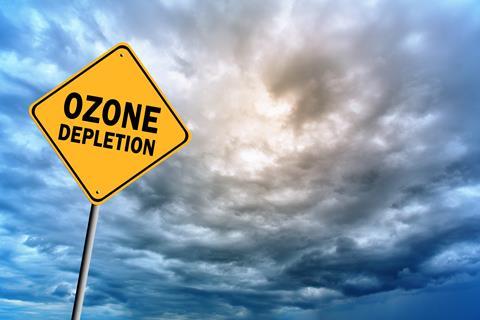
Ozone is a powerful oxidising agent, and it is used by organic chemists to cleave carbon-carbon double bonds. One notable use of this chemical reaction is the conversion of oleic acid into feedstocks which are used to make plasticisers in PVC and other plastics. Ozone itself can, however, have a deleterious effect on some polymers, since it can destroy the crosslinks in rubber, making them brittle and susceptible to fracture .The high reactivity and toxicity of ozone can also be put to good use. It is used to clean waste streams, to destroy microbes in water supplies and to sterilise foodstuffs.
The story of ozone started as a puzzle to 19th century chemists. But today, we now appreciate its importance to life on earth, though its toxicity and the hazard of photochemical smog means it's still a molecule we'd prefer to keep our distance from.
Meera Senthilingam
But when kept at this distance and used wisely, this toxic compund has its many uses in industry as well as protecting us from the harmful rays of the sun. That was Glasgow University's David Lindsay bringing you the pros and cons of the compound ozone. Now, next week: get your sense of smell ready
Simon Cotton
'Iconic' is a much abused adjective, but if there is one consumer product to which it can be applied, it is surely Chanel Number 5.
All perfumes employ mixtures of chemicals - small, volatile molecules to provide the immediate impact; medium size molecules that generate the main personality that lasts for several hours; and large, quite involatile molecules that provide the smell that endures when all the other molecules have gone. Since the 1880s, man-made molecules have increasingly been used, and of these, the medium-sized molecule that has become famous from its association with Chanel Number 5 is a 12-carbon aldehyde, 2-methylundecanal.
Meera Senthilingam
And to find out just how this compound gives Chanel No. 5 its iconic fragrance, join Simon Cotton in next week's Chemistry in it's element. Until then, thank you for listening. I'm Meera Senthilingam.
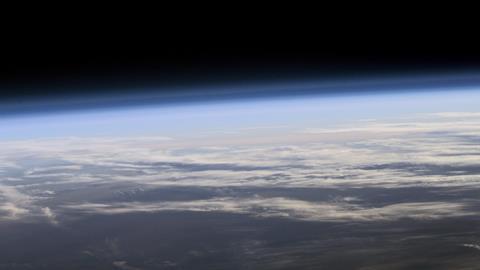






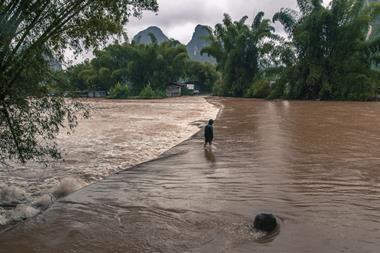



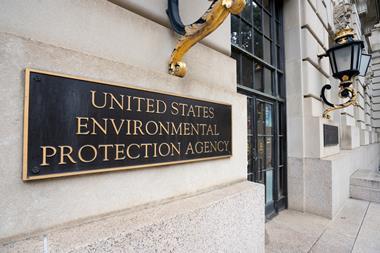

No comments yet